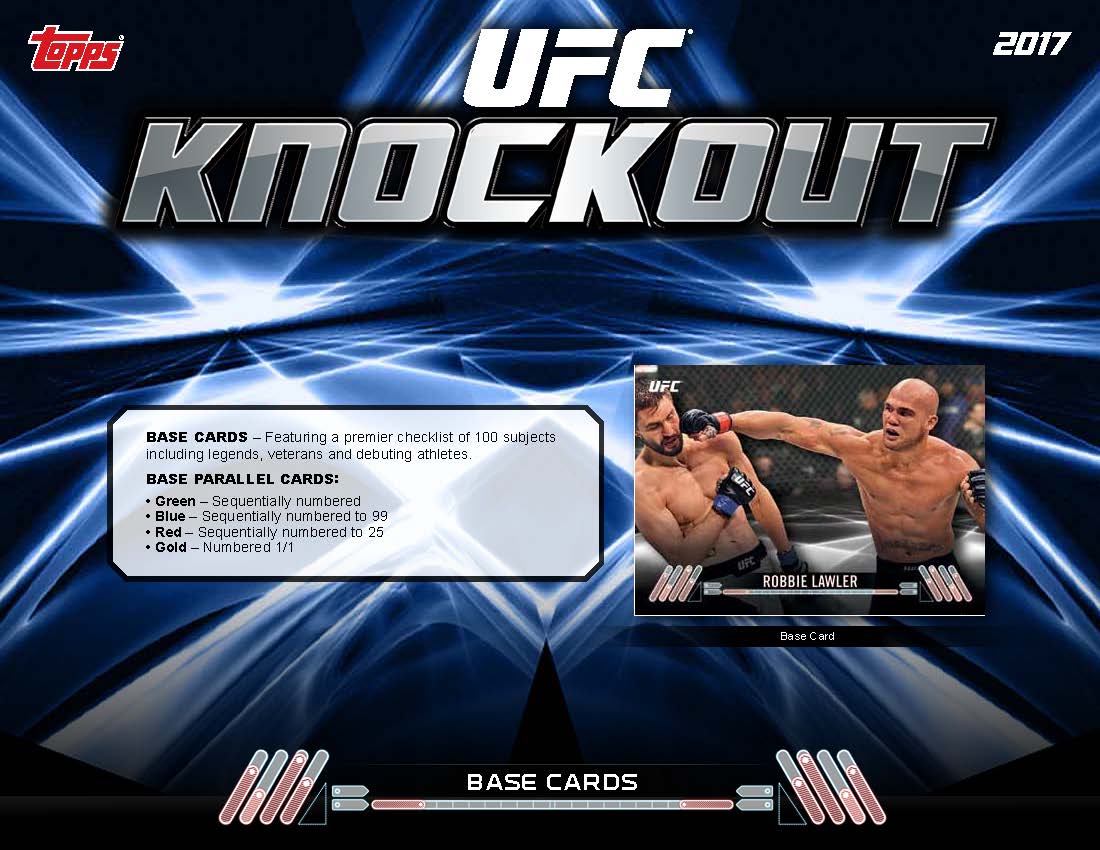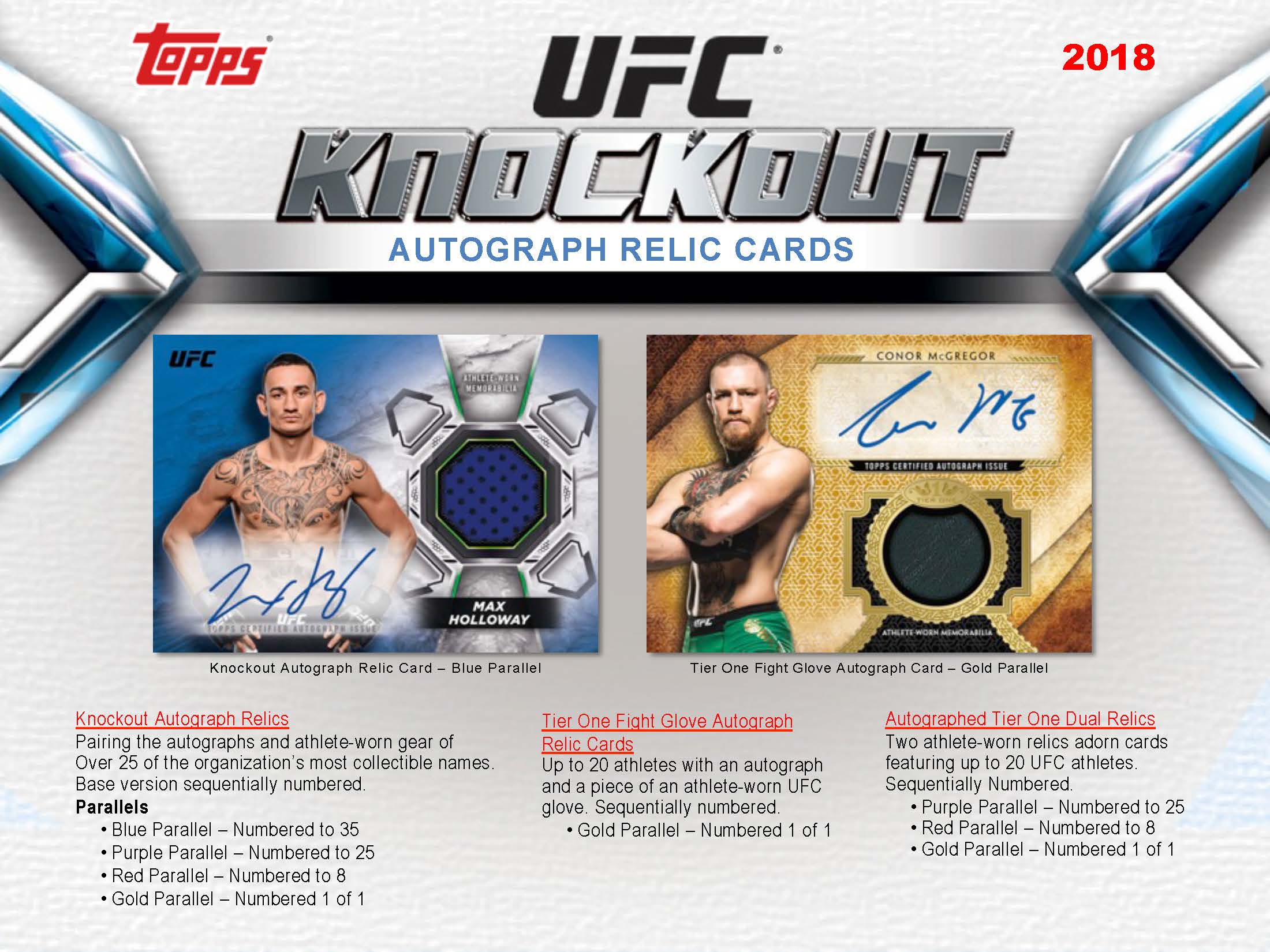
Knock-outs Knock-outs. Option that nullifies a previously bought option if the underlying product trades a certain level. When a knock-out level is traded, the underlying option ceases to exist, 69% of retail investor accounts lose money when trading CFDs with this provider Discover everything you need to know about knock-outs, knock out trading including how they work and how to trade them. مؤشر الماكد. 1 foil card featuring knock out trading Zoroark. Here are the key points you would need to note if you were going to trade this contract: Floor: knock out trading 6/4/ · Knock-Out Option: A knock-out option is an option with a built-in mechanism to expire worthless if a specified price level is exceeded. A knock-out option sets a cap to the level an option can
Trading NADEX Knock-Outs | Elite Trader
A knock-out option belongs to a class of exotic options — options that have more complex features than plain-vanilla options—known as barrier options.
Barrier options are options that either come into existence or cease knock outs trading exist when the price of the underlying asset reaches or breaches a pre-defined price level within a defined period of time.
Knock-in knock outs trading come into existence when the price of the underlying asset reaches or breaches a specific price level, while knock-out options cease to exist i.
they are knocked out when the knock outs trading price reaches or breaches knock outs trading price level. The basic rationale for using these types of options is to lower the cost of hedging or speculation. There are two basic types of knock-out options:. Knock-out options can be constructed using either calls or puts. Knock-out options are over-the-counter OTC instruments and do not trade on options exchanges, and are more commonly used in foreign exchange markets than equity markets, knock outs trading.
Unlike a plain-vanilla call or put option where the only price defined is the strike pricea knock-out option has to specify two prices — the strike price and the knock-out barrier price. The following two important points about knock-out options need to be kept in mind:. Note : In these examples, knock outs trading, we assume that the option is knocked out upon a breach of the barrier price.
What is the rationale for the trader to buy the knock-out call, rather than a plain-vanilla call? The payoff table for this knock-out call option is as follows —. The exporter is concerned about a potential strengthening of the Canadian dollar which would mean fewer Canadian dollars when the U. The exporter is wagering in this case that even if the Canadian dollar strengthens, it will not do so much past the 1.
Assuming the barrier has not been breached, knock outs trading potential scenarios arise at or shortly before option expiration:. a The U. In this case, the gross profit on the option trade is equal to the difference between 1. Assume the spot rate just before option expiration is 1.
By doing so, the exporter has avoided selling at the current spot rate of 1. b The U. In this case, it makes no difference if the exporter exercises the put option and sells at the strike price of CAD 1, knock outs trading.
In reality, however, knock outs trading exercise of the put option may result in payment of a certain amount of commission. c The U. Knock-out options have the following advantages and drawbacks:. Lower outlay: The biggest advantage of knock-out options is that they require a lower cash outlay than the amount required for a plain-vanilla option. The lower outlay translates into a smaller loss if the option trade does not work out, and a bigger percentage gain if it does work out.
Customizable : Since these options are OTC instruments, they can be customized as per specific requirements, in contrast with exchange-traded options which cannot be customized. Risk of loss in event of large move: A major drawback of knock-out options is that the options trader has to get both the direction and magnitude of the likely move in the underlying asset right.
While a large move may result in the option being knocked out and the loss of the full amount of the premium paid for a speculator, it may result in even bigger losses for a hedger due to the elimination of the hedge. Not available to retail investors: As OTC instruments, knock outs trading, knock-out option trades may need to be of a certain minimum size, making them unlikely to be available to retail investors.
Lack of transparency and liquidity: Knock-out options may suffer from the general drawback of OTC instruments in terms of their lack of transparency and liquidity. Knock-out options are likely to find greater application in currency markets than equity markets.
Nevertheless, they offer interesting possibilities for large traders because of their unique features. Knock-out options may also be of greater value to speculators—because of the lower outlay—rather than hedgers, since the elimination of a hedge in the event of a large move may expose the hedging entity to catastrophic losses. Investopedia does not provide tax, investment, or financial services and advice, knock outs trading. The information is presented without consideration of the investment objectives, risk tolerance, or financial circumstances of any specific investor and might not be suitable for knock outs trading investors.
Investing involves risk, including the knock outs trading loss of principal. Options and Derivatives. Advanced Concepts. When you visit this site, it may store or retrieve information on your browser, mostly in the form of cookies.
Cookies collect information about your preferences and your device and are used to make knock outs trading site work as you expect it to, to understand how you interact with the site, and to show advertisements that are targeted to your interests.
You can find out more and change our default settings with Cookies Settings. Company News Markets News Cryptocurrency News Personal Finance News Economic News Government News. Your Money. Personal Finance. Your Practice. Popular Courses. Table of Contents Expand. Table of Contents, knock outs trading. Pros and Cons, knock outs trading. The Bottom Line. Technical Analysis Advanced Technical Analysis Concepts. Key Takeaways Knock-out options are a type of barrier option, knock outs trading, which expire worthless if the underlying asset's price exceeds or falls below a specified price.
There are two types of knock-out options: up-and-out barrier options and down-and-out options. Knock-out options limit losses; but, as is often the case, also limit profits on the upside. The knock-out feature is triggered even if the designated level is breached only very briefly, which can prove dangerous in volatile markets. Pros Lower outlay: The biggest advantage of knock-out options is that they require a lower cash outlay than the amount required for a plain-vanilla option.
Cons Risk of loss in event of large move: A major drawback of knock-out options is that the options trader has to get both the direction and magnitude of the likely move in the underlying asset right.
Compare Accounts. Advertiser Disclosure ×. The offers that appear in this table are from partnerships from which Investopedia receives compensation. This compensation may impact how and where listings appear.
Investopedia does not include all offers available in the marketplace. Related Articles. Options and Derivatives Understanding Synthetic Options. Advanced Concepts The Importance of Time Value in Options Trading. Options and Derivatives 10 Options Strategies to Know. Partner Links, knock outs trading. Related Terms. What Is a Barrier Option? A barrier option is knock outs trading type of option where the payoff depends on whether the underlying asset reaches or exceeds a predetermined price or barrier.
Up-and-Out Option Definition An up-and-out option is a type of knock-out barrier option that ceases to exist when the price of the underlying knock outs trading rises above a specific price level.
Knock-Out Option A knock-out option is an option that has a built-in mechanism to expire worthless if the underlying asset reaches a specified price level. What Is a Balloon Option? A balloon option is a contract where the strike price increases after the underlying asset price reaches a predetermined threshold. Currency Option A contract that grants the holder the right, but not the obligation, knock outs trading, to buy or sell currency at a specified exchange rate during a particular period of time.
For this right, a premium is paid to the broker, which will vary depending on the number of contracts purchased. What Is a Down-and-Out Option? A down-and-out option is a type of knock-out barrier option that expires when the price of the underlying security falls to a specific price level. About Us Terms of Use Dictionary Editorial Policy Advertise News Privacy Policy Contact Us Careers California Privacy Notice EU Privacy. Investopedia is part of the Dotdash Meredith publishing family. Cookies Settings Reject All Accept Cookies.
The basics of knock-outs
, time: 56:43One moment, please

Knock-outs provide for a leveraged participation in the performance of the underlying above (in the case of a “Long-product”) or below (in the case of a “Short-product”) the strike. For Mini-Futures and Open-End-Turbos, the strike is adjusted on a regular basis to accommodate financing charges, based on the applicable interest rate, the financing spread, and the 20/4/ · I replenished my NADEX demo account some time around February 10th of this year, and seeming to have unlocked at least one approach to getting around the platform's ridiculously calibrated risk-to-reward structure to trade binary options profitably, I turned my attention to the outfit’s Knock-Outs, which offer a much better situation in terms of being able to take When trading knock-outs, traders set a guaranteed-stop level, also known as a knock-out level. In doing so, the trader is essentially indicating a pre-selected price at which the trade will
No comments:
Post a Comment